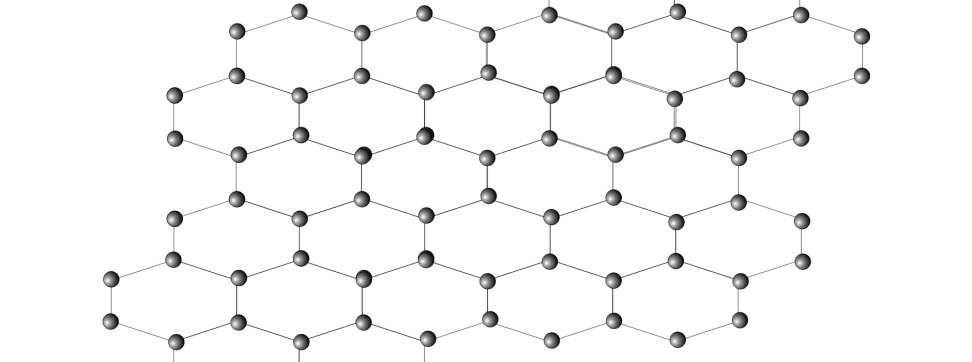Scientists Create "Miracle Material" in a Kitchen Blender
Researchers have demonstrated a simple way to scale up production of the supermaterial graphene.
 Credit:
Credit:
Recommendations are independently chosen by Reviewed's editors. Purchases made through the links below may earn us and our publishing partners a commission.
Graphene was only discovered a decade ago, but the super-strong substance has since been heralded as a “miracle material.”
Why? Well, first and foremost there's that whole super strength thing. It briefly held the title of “strongest material ever tested,” until it was upstaged by carbyne last year. It’s also extremely light, highly conductive, and nearly transparent.
Together, these qualities open graphene up to a bevy of potential applications. Here are just a few:
- Researchers at UCLA recently discovered a cheap method for producing graphene supercapacitors powerful enough to render traditional batteries obsolete.
- Graphene filters are small enough to block salt molecules, which means they could be used as cheap method of water desalination.
- Graphene antennas could theoretically transmit wireless data at speeds of up to 1 terabit per second.
Those are all amazing possibilities, but just what the heck is graphene anyway? It’s actually quite simple: Graphene is a one-atom-thick layer of graphite, which is the stuff found in pencil lead. At the microscopic level, graphene is arrayed in a honeycomb lattice of carbon atoms. At this level, you can perhaps see why it is such a strong material—just think back to geometry class.
The major problem with graphene is that it’s difficult to manufacture on a large scale. But researchers in Ireland and the U.K. may have found a solution.
A study published this week in the journal Nature shows how graphene can be produced with objects found in the home, and cheaply and easily scaled up for mass production. All you need is some water, graphite powder, an electric blender, and a touch of detergent.
The researchers took a 400-watt kitchen blender and added a half-liter of water, 10–25 milliliters of detergent, and 20–50 grams of graphite powder. They then turned the machine on for 10–30 minutes. This produced a large number of micrometre-sized graphene flakes suspended in water.
But let’s be smart: This was a demonstration. The researchers were unambiguously clear that you absolutely should not pour water, detergent, and pencil lead into a blender and hit the power button. It will not work, and your blender will be destroyed.
The scientists used these household tools merely to illustrate the scalability of graphene production. The actual production process was done in a lab, and required highly precise measurements and an industrial-grade blender. That said, the research paves a clearer path to a future where graphene is produced widely and inexpensively.
“It is a significant step forward towards cheap and scalable mass production,” Andrea Ferrari, an expert on graphene at the University of Cambridge, told Nature. “The material is of a quality close to the best in the literature, but with production rates apparently hundreds of times higher.”
Graphene image: Wikimedia Commons, user "AlexanderAlUS" (CC BY-SA 3.0) Hero image: Wikimedia Commons, user "Vinograd19" (CC BY-SA 3.0)

